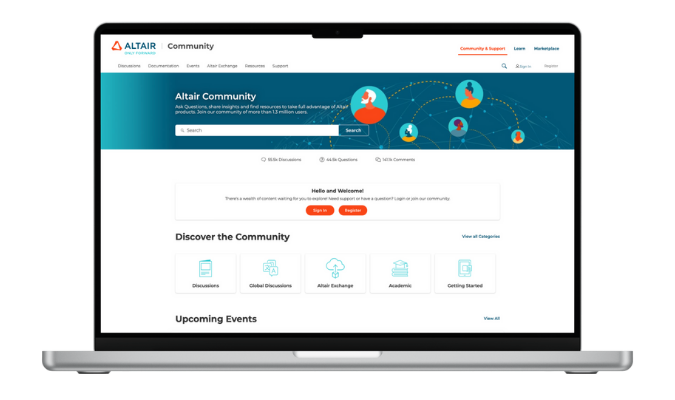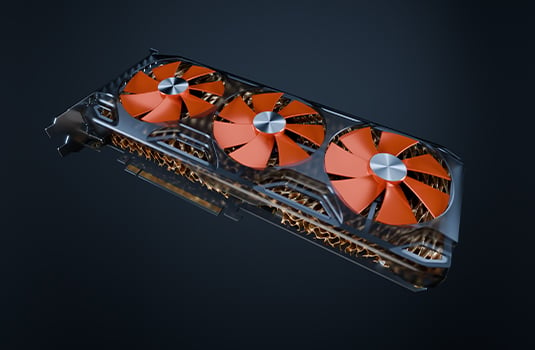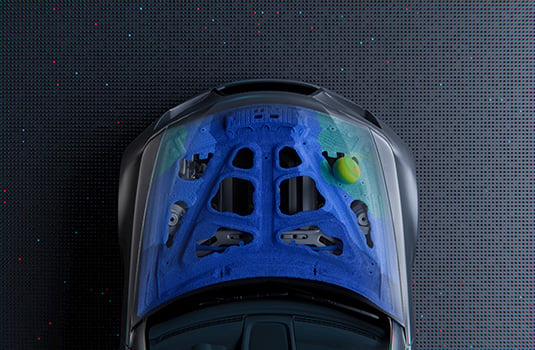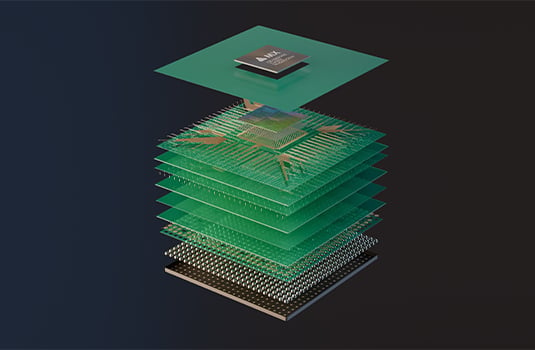One Source of Truth | Digital Twin and Digital Thread
Altair integrates digital twins and digital threads to create a digital engineering ecosystem, providing one source of truth that ensures engineers have access to the most accurate real-time data and models. The latest updates to Altair® Twin Activate® enhance models’ accuracy and clarity and include customization and integration improvements that expedite the transition from concept to reality. Additionally, Altair® Material Data Center™, a comprehensive database of more than 70,000 high-quality materials, streamlines the end-to-end design process by serving as a central source of approved, high-quality material information. This enables the exploration of new and alternative materials throughout the product development life cycle with one traceable digital thread.





